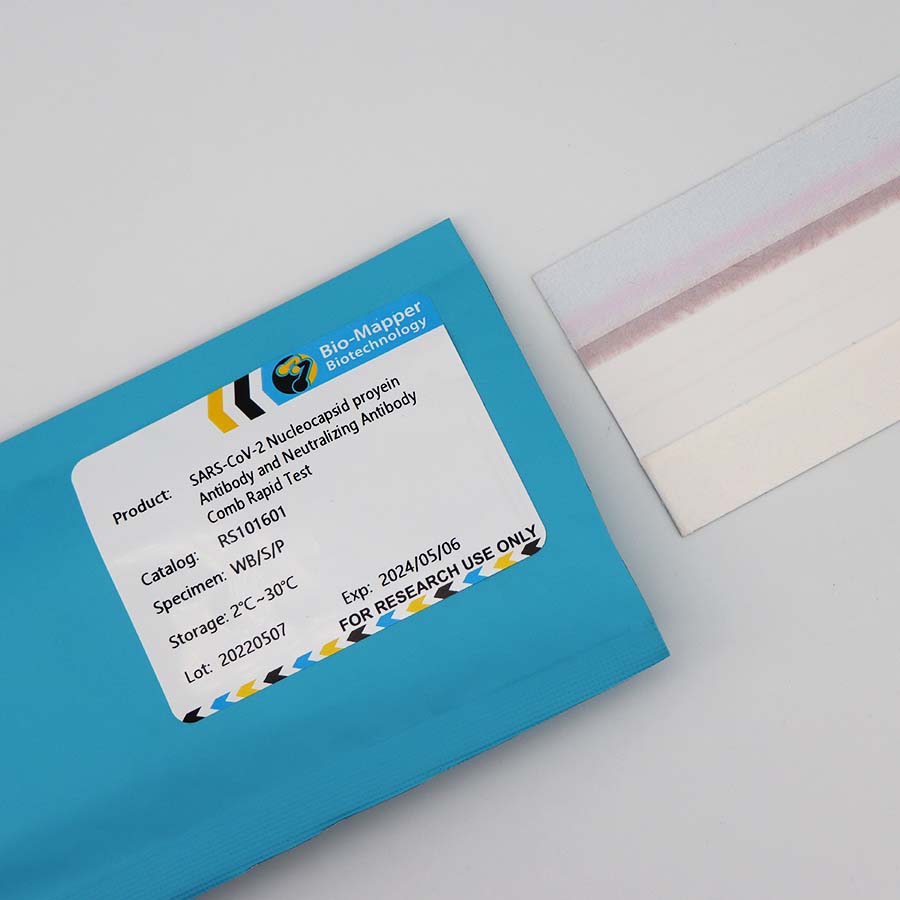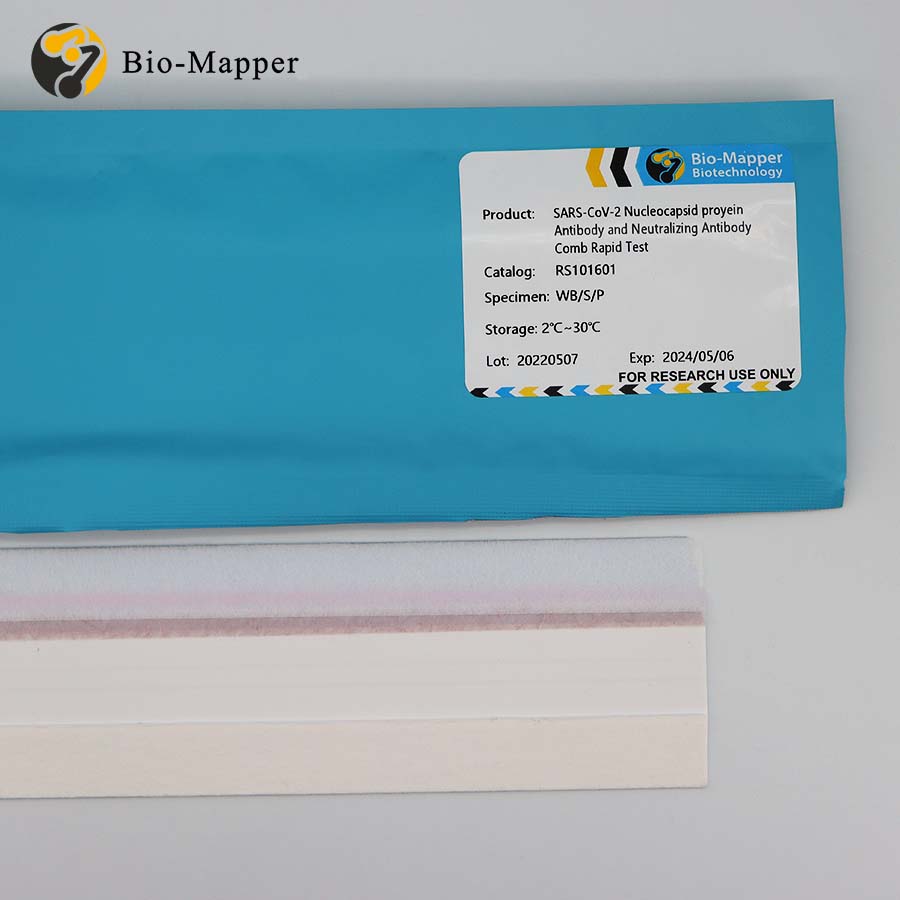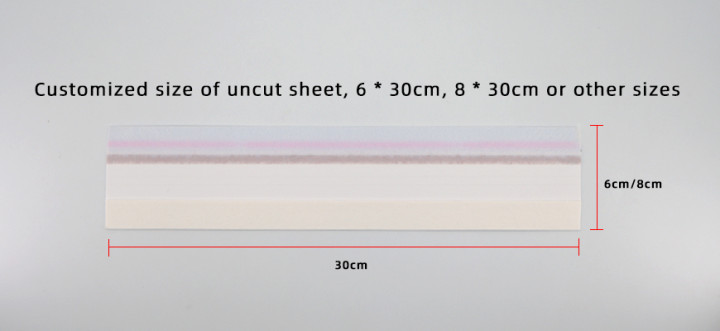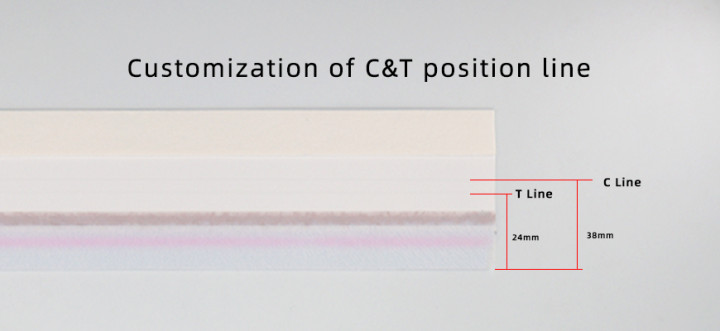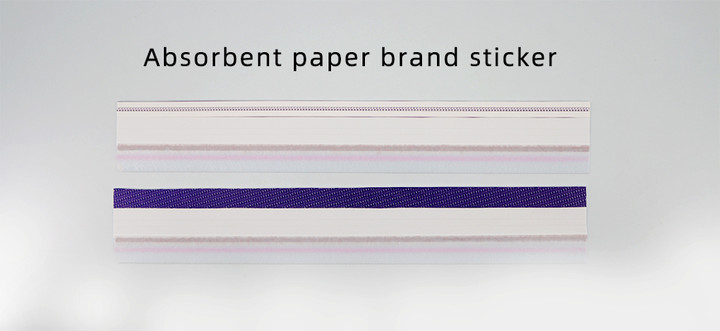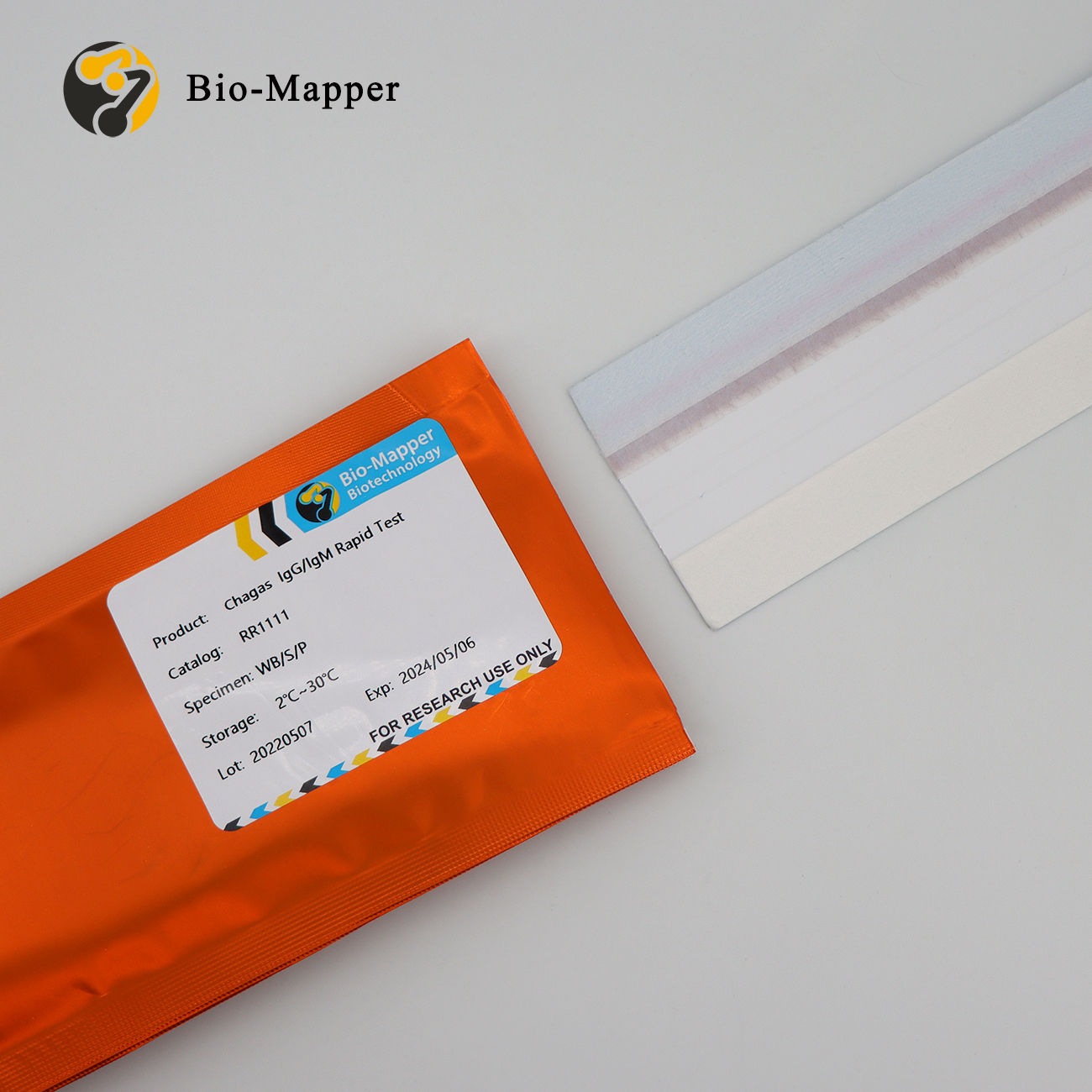Detailed description
Consider any materials of human origin as infectious and handle them using standard biosafety procedures.
Plasma
1.Collect blood specimen into a lavender, blue or green top collection tube (containing EDTA, citrate or heparin, respectively in Vacutainer® ) by veinpuncture.
2.Separate the plasma by centrifugation.
3.Carefully withdraw the plasma into new pre-labeled tube.
Serum
1.Collect blood specimen into a red top collection tube (containing no anticoagulants in Vacutainer®) by veinpuncture.
2.Allow the blood to clot.
3.Separate the serum by centrifugation.
4.Carefully withdraw the serum into a new pre-labeled tube.
5.Test specimens as soon as possible after collecting. Store specimens at 2°C to 8°C if not tested immediately.
6.Store specimens at 2°C to 8°C up to 5 days. The specimens should be frozen at -20°C for longer storage
Blood
Drops of whole blood can be obtained by either finger tip puncture or veinpuncture. Do not use any hemolized blood for testing. Whole blood specimens should be stored in refrigeration (2°C-8°C) if not tested immediately. The specimens must be tested within 24 hours of collection.Avoid multiple freeze-thaw cycles. Prior to testing, bring frozen specimens to room temperature slowly and mix gently. Specimens containing visible particulate matter should be clarified by centrifugation before testing.
ASSAY PROCEDURE
Step 1: Bring the specimen and test components to room temperature if refrigerated or frozen. Once thawed, mix the specimen well prior to assay.
Step 2: When ready to test, open the pouch at the notch and remove device. Place the test device on a clean, flat surface.
Step 3: Be sure to label the device with specimen’s ID number.
Step 4: For whole blood test – Apply 1 drop of whole blood (about 30-35 µL) into the sample well. – Then add 2 dropS (about 60-70 µL) of Sample Diluent immediately.
